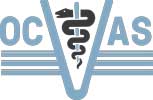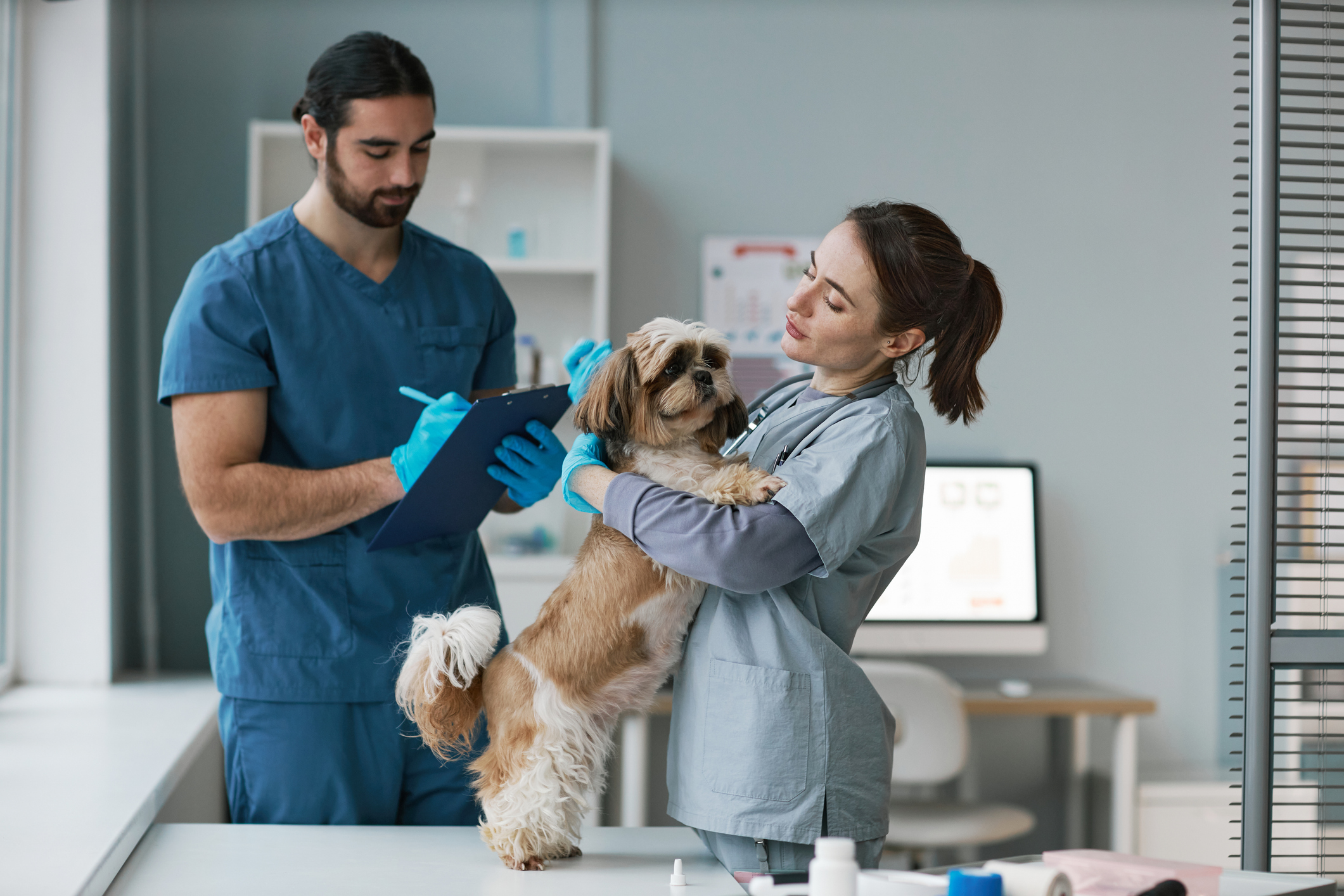Being a veterinary assistant is more than just a job—it’s a calling. For those passionate about animal care, every day brings new challenges and rewards. Whether you’re considering a career in veterinary medicine or simply curious about what a typical day looks like, this blog post will give you an inside look into a day in the life of a veterinary assistant.
Morning Routine: Starting the Day with Care
The day usually begins early at the veterinary hospital. The first task is to check on the animals that stayed overnight. Veterinary assistants, or vet attendants, ensure that these animals are comfortable, their cages are clean, and they have fresh water and food. This is also the time to take vital signs like temperature, pulse, and respiration rates.
Taking vitals is a crucial part of monitoring the health of animals. For those interested in learning more about this aspect of the job, many veterinary assisting programs offer specialized training.
Mid-Morning: Assisting with Appointments and Surgeries
As the morning progresses, the vet assistant’s role becomes even more hands-on. They help veterinarians and veterinary technicians during examinations and surgeries. This can include preparing the exam room, holding animals during procedures, and even assisting with vaccinations and catheter placements.
During surgeries, vet assistants play a vital role by monitoring anesthesia, handing instruments to the vet tech, and ensuring that all equipment is sterilized and ready for use. For those who love being in the thick of action, this part of the job is both exciting and fulfilling.
Lunchtime: A Quick Break
Lunchtime offers a brief respite to recharge. This is also a good time for vet assistants to catch up on any necessary documentation or to help with lab work. In some veterinary clinics, this might involve processing blood samples or preparing x-rays for the vet to review.
Afternoon: Patient Care and Preventive Care
Afternoons are often busy with routine check-ups and preventive care appointments. Veterinary assistants educate pet owners about proper pet care, nutrition, and preventive measures. They may also assist in euthanasia procedures, providing compassionate support to both the animal and the owner during these difficult times.
A significant part of the afternoon is spent in the kennels, cleaning cages, and ensuring that all animals are comfortable. This might seem like a small task, but it’s essential for maintaining a clean and hygienic environment in the veterinary practice.
End of the Day: Wrapping Up
As the day winds down, vet assistants make sure all animals are settled for the night. They may also prepare the clinic for the next day by restocking supplies and cleaning the exam rooms. This is also a good time to reflect on the day and appreciate the vital role they play in veterinary care.
For those considering a career in this field, working as a veterinary assistant provides invaluable experience and a glimpse into what it’s like to work in veterinary medicine. It’s a dream job for many who are passionate about animal care.
Takeaways
Being a veterinary assistant is a rewarding career that offers a unique blend of medical knowledge, hands-on animal care, and interaction with pet owners. If you’re interested in learning more about this field or considering a career in veterinary medicine, check out the veterinary assisting program at OCVAS.
If you have any questions or want to share your own experiences as a veterinary assistant, leave a comment below. We’d love to hear from you!

